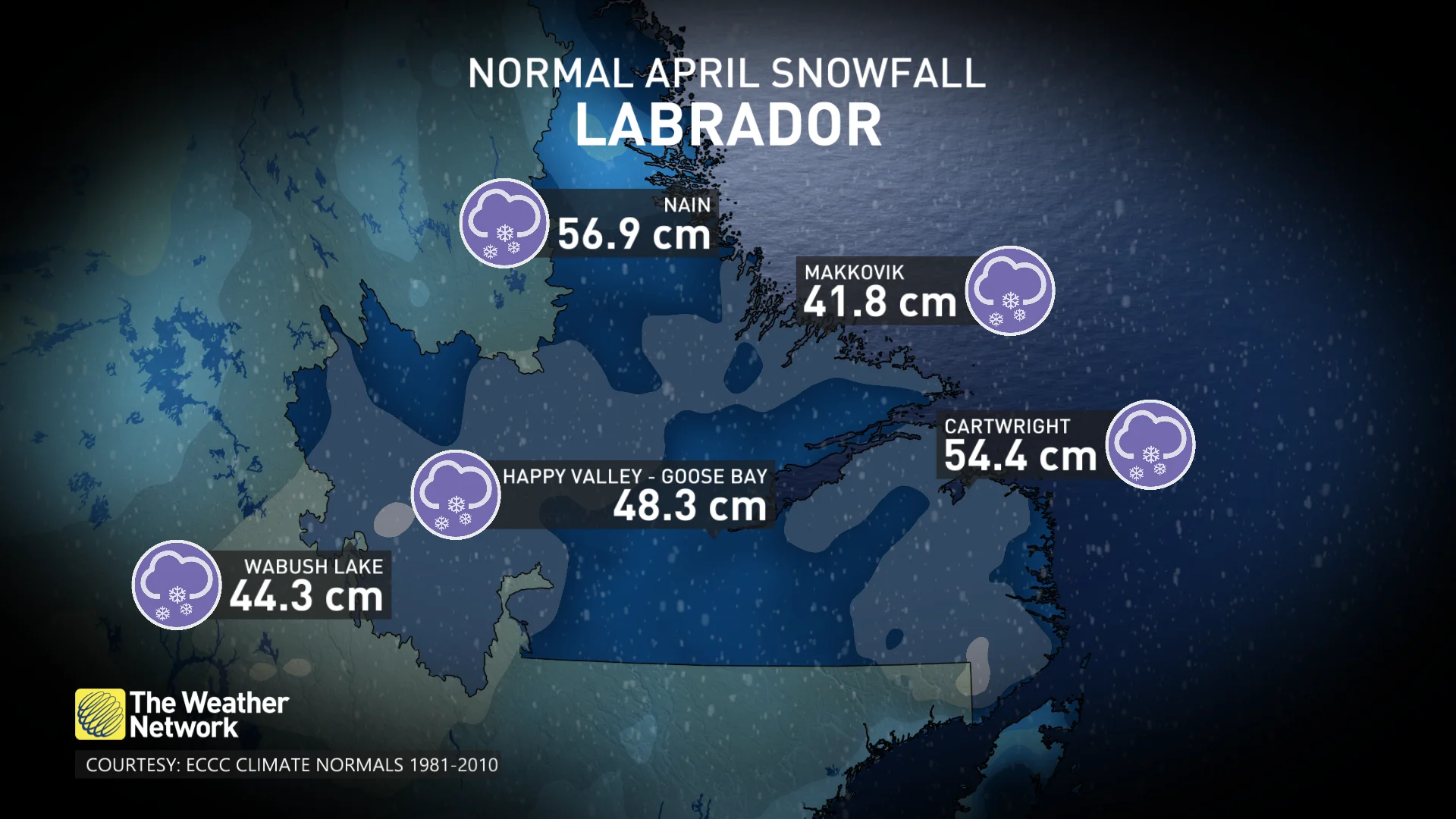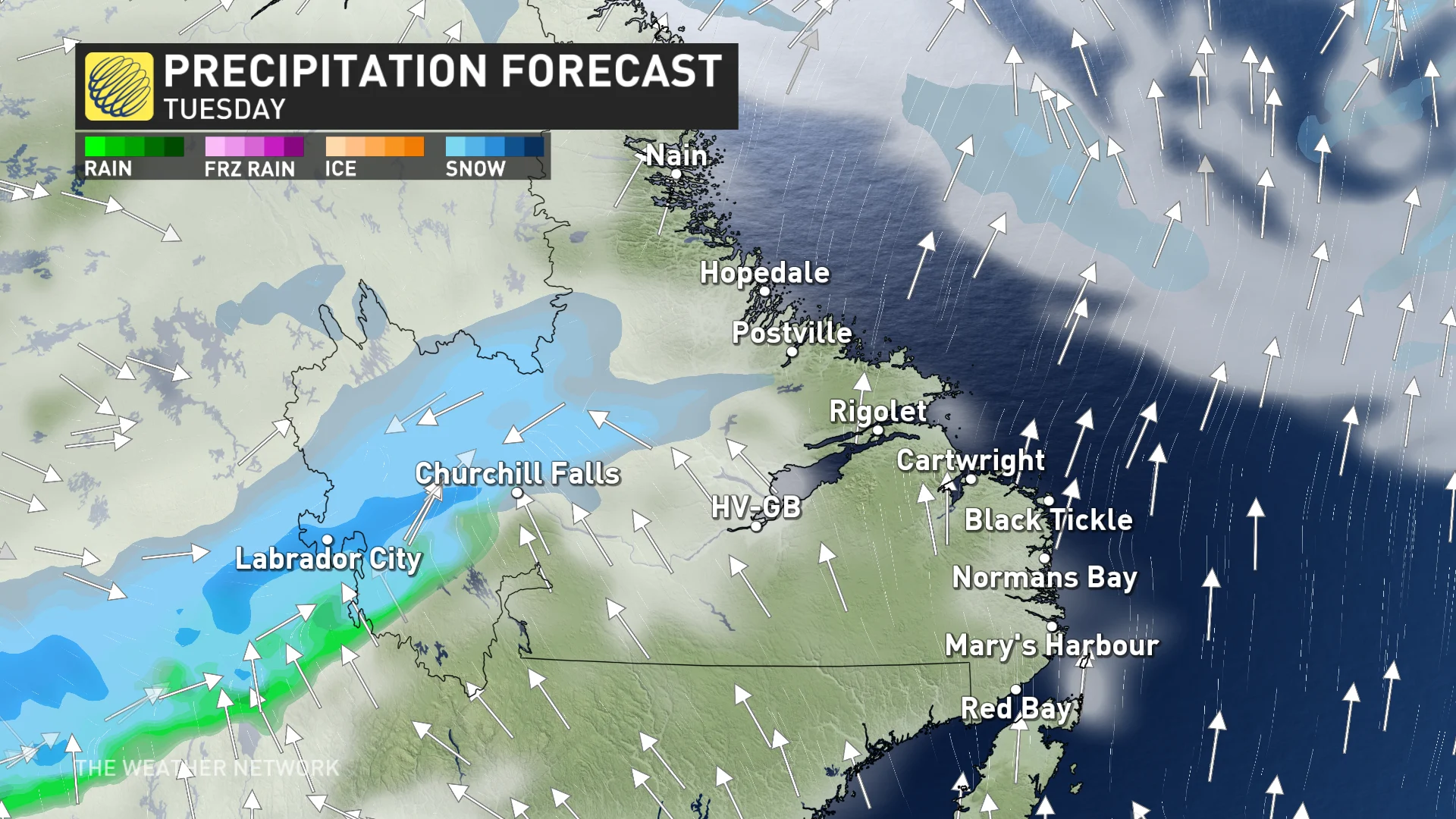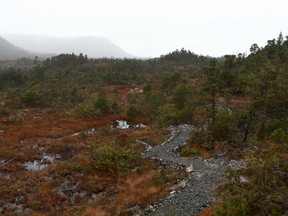Article content
Here is a roundup of stories from The Canadian Press designed to bring you up to speed on what you need to know today…
Tourism operators face heavy debt, even as business roars back

|
|
Emergency crews rushed to restore power and clear roads on Sunday a day after a deadly and destructive storm swept across southern Ontario and Quebec.
The true toll of Saturday’s storm is still unclear, but police say at least seven people died from falling trees in the strong winds while an eighth died when the boat she was in capsized on the Ottawa River near Masson-Angers, Que.
As of Saturday the known victims in Ontario included a 44-year-old man who died in Greater Madawaska west of Ottawa, a woman in her 70s out for a walk in Brampton, a 59-year-old man on a golf course in Ottawa and one person killed in their camping trailer near Pinehurst Lake in Waterloo Region.
On Sunday, provincial police said the storm had also caused the death of a 64-year-old woman at a home in North Kawartha Township and a 74-year-old woman in Port Hope, while Durham regional police said a 30-year-old man had died in Ganaraska Forest east of Toronto.
The widespread damage from the storm has led the Ontario towns of Uxbridge, north of Toronto, and Clarence-Rockland, east of Ottawa, to declare states of emergency, while hundreds of thousands across both provinces remain without power.
“We have numerous buildings damaged and people displaced,” said Uxbridge Mayor Dave Barton.
The downtown core sustained significant damage, including to several residential buildings and a brewery, while the town is still experiencing significant power outages, said Barton.
“The largest pressure is actually the lack of power and infrastructure. At the moment, we don’t know what we don’t know. Because most phone lines are down, we don’t know who needs assistance and who doesn’t.”
Hydro providers say they have hundreds of crews out working to restore services, but are warning that it could take days for some to get power back.
“Between trees, branches, broken poles and wires down, it’s really a very very messy messy cleanup,” said Hydro One spokeswoman Tiziana Baccega Rosa.
She said while it’s not unusual to have such high numbers of people temporarily without power, which for Hydro One stood at about 260,000 Sunday afternoon, the extent of the damage, including the toppling of metal transmission towers in the Ottawa area, is notable.
“That is unique, and it tells you sort of the severity of the storm,” she said.
Hydro Ottawa said the damage, including more than 200 power poles down across the city, is much more widespread than a 2018 tornado that left half the city without power, meaning it will take longer and be more difficult to fix. As of Sunday afternoon there were still close to 175,000 customers without power.
Across the city, roof repairs were underway and chainsaws were buzzing as cleanup continued. The City of Ottawa has opened at least three emergency centres at community centres for people to charge their devices, take showers and, in some cases, access some food.
East of Ottawa in Navan, Ont., a mare and her newborn foal were trapped though unhurt when a barn collapsed around them. In nearby Sarsfield, the steeple on the Paroisse Saint-Hugues church was thrown off the building and lay in a destroyed heap in the parking lot.
Across the provincial border, Hydro-Québec said that at the peak the storm cut power to 550,000 customers from Gatineau to Québec City, while as of Sunday afternoon there were close to 350,000 customers still cut off.
Sophie Desjardins, who lives in Lachute, northwest of Montreal, posted a photo of what was left of her truck after a tree crashed on the vehicle while she was driving back home with her boyfriend.
“The sky turned so dark, and the wind was so intense,” Desjardins said on Sunday.
“We felt a huge impact and the window shattered … When we saw the condition of the truck, we realized we had gotten pretty really lucky. If the tree had fallen two seconds earlier, it would have fallen directly on us … The furniture that was in the back of the truck was completely destroyed.”
The level of damage across the two provinces came in part from the nature of the storm, which looks to have been what is called a derecho, said Environment and Climate Change Canada meteorologist Gerald Cheng.
“When they say derecho, it’s widespread, long-lived wind storms that are associated with rapidly moving thunderstorms, and that seems to be what we had yesterday,” he said. “Because when you look at the damage, that was widespread, it wasn’t just one track.”
The storm, with measured winds of up to 132 kilometres per hour, was severe enough to trigger the agency’s first use of the broadcast-interrupting weather alert system for a thunderstorm, said Cheng.
Wind speeds could, however, have reached much higher based on some of the concentrated damage, said David Sills, executive director of the Northern Tornadoes Project at Western University.
“We’re seeing evidence of some damage, such as roofs off and hydro towers crumbled, that kind of thing that gets more into …. 180 to 220 kilometers per hour.”
He said teams from the project have gone to the Uxbridge area as well as to southern Ottawa over suspicions that they could have been hit by tornados or elevated winds.
The last derecho storm to hit the region with such strong wind speeds was back in 1995, said Sills.
“This is a fairly rare event in Canada where it’s just widespread wind damage over a long, long track and reaching wind speeds that are quite high.”
This report by The Canadian Press was first published May 22, 2022.
— With files from Virginie Ann in Montreal.
Ian Bickis and Mia Rabson, The Canadian Press
Digital WritersThe Weather Network


Prepare for multiple rounds of April snowfall this week, as Labrador braces for wintry conditions. This onslaught of snow is expected to blanket the region, potentially leading to hazardous travel conditions and disruptions throughout the week
As we march even deeper into the heart of the spring season, many parts of Canada are finding it tough to find any consistent signs of warming weather. Add to the mix periods of snow and wintry precipitation, and it’s safe to say the winter season is certainly not going out without a strong fight.
This week, parts of the East Coast will bear the brunt of the winter weather, with multiple rounds of April snowfall stacking up in Labrador. The chances for snow flurries will stick around all week long, bringing as much as 25 cm for some.
MUST SEE: Extreme pattern over Arctic produces 50+ degree temperature spread
Although 25+ cm of snow in April may seem extreme, for this part of the country, it’s definitely nothing out of the ordinary. In fact, the month as a whole brings about 40-50 cm of snow to Labrador on average.


Some communities, including Nain, even have snowfall chances stretch all the way into June!
“This week will be a little bit different however, as some regions could reach about half of Labrador’s monthly averages alone,” says Rachel Modestino, a meteorologist at The Weather Network. “The first round on Tuesday will pack quite the punch, with heavy snow and gusty winds stretching from Labrador city to the coast.”


Winds will be gusting between 70-90 km/h at times, and travel conditions will likely deteriorate quickly due to potential whiteouts and reduced visibility.
Witnesses described hearing a loud blast and seeing large plumes of black smoke on Tuesday morning as a building under construction in Halifax’s north end caught fire.
A message on Halifax’s alert system said the fire was at a building in the area of Robie and St Albans streets. About an hour later, the municipality said the fire was out.


The alert warned people who live on the peninsula to close their windows due to smoke from the fire possibly being toxic.
“Residents and businesses near the fire should still keep windows closed and air exchangers turned off until air quality conditions improve in the coming hours as a precaution,” the municipality said on X, formerly known as Twitter.
Halifax Regional Police were asking people to avoid the area during what is normally a time of heavy morning traffic.


James Shaw lives nearby. He said he heard a blast around 8:20 a.m. local time.
“It shook the whole house,” Shaw said in an interview at the scene. “So I came outside … and saw this incredible building here on fire. Big black smoke. Lots of sparks and stuff going.”


Mike Clark was working on the building adjacent to the one that caught fire. He said he was on the 30th floor when the roof of the other building caught fire and propane tanks blew up.
He said construction crews were then evacuated from the building.
“The elevator was shut down and everyone went down the stairs and out the door,” he said. “Everybody on each floor has a horn to check if anybody was left in the building. Sounded the horn and walked down. It was very organized.”




Here is a roundup of stories from The Canadian Press designed to bring you up to speed on what you need to know today…
Tourism operators face heavy debt, even as business roars back
Article content
Canadian tourism operators says the tourism sector hasn’t returned to what it was pre-COVID.
Many businesses report carrying a heavy debt load, with Vancouver-based ecotourism company Maple Leaf Adventures saying it’s carrying it’s heaviest debt load in 38 years.
Advertisement 2
Article content
Co-owner Maureen Gordon says while she and her competitors are recovering, higher interest rates are putting a damper on the post-COVID rebound.
Tourism Industry Association of Canada C-E-O Beth Potter says while the sector brought in 109-billion dollars in revenue last year, the federal government must help out by bringing in a new low interest loan program.
Tourism Minister Soraya Martinez Ferrada has said tourism operators have been affected by the warmest winter on record, but will be helped by the federal carbon rebate.
Here’s what else we’re watching …
Trudeau to make announcement in Saskatoon today
Prime Minister Justin Trudeau will be in Saskatoon today, where he will make an announcement highlighting measures focused on youth, education, and health that were contained in last week’s budget.
Joining Trudeau at the announcement in Saskatchewan’s largest city are minister for northern affairs Dan Vandal and Women and Gender Equality and Youth Minister Marci Ien.
Trudeau has faced conflict with the Saskatchewan Party government, whose leader, Premier Scott Moe, has been a vocal and long-standing opponent of the federal carbon levy.
Advertisement 3
Article content
Moe is one of several premiers who have asked Trudeau to host a meeting to discuss alternatives to the consumer carbon price.
—
‘Perfect storm’: Quebec farmer protests continue
Quebec farmers are continuing a series of protests that have brought slow rolling tractors to communities across the province’s agricultural regions.
The president of Quebec’s farmers union Martin Caron says producers are struggling with higher interest rates, growing paperwork and fees on plastic products, like containers of seeds, fertilizer and pesticides.
His organization is asking the current Coalition Avenir Quebec government to ensure farmers can get loans with interest rates of three per cent.
A spokesperson for Quebec’s agriculture minister says farmers can get emergency financial aid through a new program and that the government is consulting with the farmers union about reducing paperwork.
—
Study shows caribou growth at wolves’ expense
New research suggests western Canada’s caribou population is growing.
But the same study also shows the biggest reason for the rebound is the slaughter of hundreds of wolves, a policy which will likely need to continue.
Advertisement 4
Article content
Thirty-four researchers compared notes on herds in Alberta and British Columbia based on a study in Ecological Applications and found between 1991 and 2023, the caribou population dropped by half.
However, over the last few years the numbers have begun to slowly rise, as it’s estimated there are now more than 1500 caribou than there were had not restoration effort been made.
—
Second World War hangar in Edmonton burns in fire
An aircraft hangar built during the Second World War at Edmonton’s former municipal airport has been destroyed by fire.
A spokesman for the City of Edmonton says in an email firefighters were called to Hangar 11 just before 7 p.m. Monday.
The city’s email says 11 fire crews were dispatched to the scene to deal with the heavy smoke and flames and the wooden building later collapsed.
—
How a Newfoundland town shaped creepy ‘King Tide’
A new movie shot in Newfoundland showcases a community heavily reliant on a magical child.
“The King Tide” is about an isolated villagers having their lives forever changed after a mysterious infant washes up on their shores, the sole survivor of a devastating boat wreck.
They name the baby Isla, raise and learn she has healing powers promising immunity from injury and illness.
As the years pass, they become reliant on Isla’s abilities, but when her powers start to fade, a panic sets in as the community begins to fracture.
The movie was shot by Newfoundlander Christian Sparkes in Keels, Newfoundland, a former bustling fishing community which he says he’s been looking to film in for years, but couldn’t until recently due to the cost.
This report by The Canadian Press was first published April 23, 2024.
Article content
Honda to build electric vehicles and battery plant in Ontario, sources say – Global News




Will We Know if TRAPPIST-1e has Life? – Universe Today
Down 80%, Is Carnival Stock a Once-in-a-Generation Investment Opportunity?




See how chicken farmers are trying to stop the spread of bird flu – Fox 46 Charlotte




Simcoe-Muskoka health unit urges residents to get immunized




Own a cottage or investment property? Here's how to navigate the new capital gains tax changes – The Globe and Mail




Indigenous Craft and Vendors Market a success in Halifax
Can Canada have an effective climate action policy without a carbon tax?
Comments